Ottawa
April 7, 2022
SMART Remediation talks have focused on innovative technologies for remediating contaminated sites, approaches for site characterization, project case studies, regulatory and industry perspectives, and other related topics.

A recent SMART Remediation conference was held in Ottawa on April 7th 2022. Details on the speakers and presentations are provided below.
Speakers
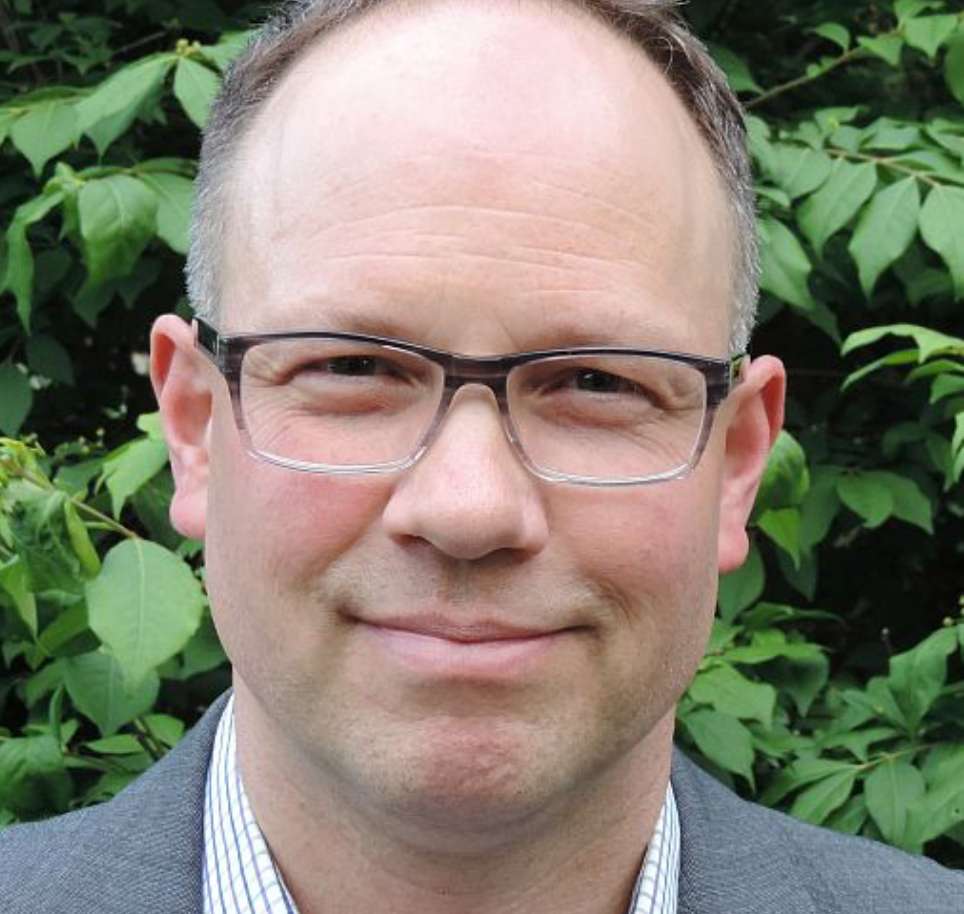
Phil Dennis,
SiREM
Combining Molecular Tools and Compound‐Specific Isotope Analysis for Natural Attenuation Assessment
- Bio |
- Abstract
- | Presentation
Phil Dennis
Phil Dennis has over 25 years of experience working in the fields of molecular biology, microbiology and environmental remediation with a focus on microorganisms that help to clean up our groundwater. Phil holds a Masters of Applied Science in Civil Engineering from the University of Toronto and an Honors B.Sc. in Molecular Biology and Genetics from the University of Guelph. Phil is a founding member of SiREM, an industry leader in bioaugmentation and remediation testing, where as a Senior Manager he focuses on research and development, and management of molecular genetic testing services.
Combining Molecular Tools and Compound‐Specific Isotope Analysis for Natural Attenuation Assessment
Assessing natural attenuation potential, progress and degradation rates is critical for decision making regarding the feasibility of monitored natural attenuation (MNA) remedies for sites with chlorinated solvents, petroleum hydrocarbons, 1,4-dioxane, and other contaminants. While numerous tests are employed in evaluating natural attenuation, the combination of compound-specific isotope analysis (CSIA) and molecular tools can be particularly useful. CSIA indicates the extent of degradation and quantifies bond breaking processes over non-degradative losses such as sorption. CSIA also has the potential for estimating long-term degradation rates. Molecular tools, including quantitative polymerase chain reaction (qPCR) tests and next generation sequencing (NGS) that quantify key biodegradative microorganisms, functional genes and whole microbial communities, provide insight into whether observed degradation can be explained by biotic processes. CSIA and molecular tools are tertiary lines of evidence in MNA protocols, and provide compelling data to answer the questions (1) Has degradation occurred and to what extent? and (2) Which microbes are responsible for any observed biodegradation? This presentation will provide examples of where CSIA and molecular genetic data were collected from several sites undergoing MNA assessments. The CSIA data (mainly for carbon: 13C/12C as δ13C, was used to determine if contaminant degradation processes were evident, or absent, based on enrichment of the heavy isotope in the remaining undegraded contaminant fraction. Corresponding molecular genetic data, including qPCR was used to determine if biodegradative microbes were present, and at quantities able to meaningfully impact contaminant degradation. In several cases, CSIA and molecular genetic testing data indicated natural attenuation processes were occurring and clarified complex biotic and abiotic remediation processes. At a site in Alaska, trichloroethene to cis-1,2-dichloroethene (cDCE) degradation was conclusively confirmed by CSIA but further cDCE degradation by reductive or oxidative processes was inconclusive. By correlating the extent of 13C-enrichment in cDCE with the proportion of dechlorinators as determined by molecular tools the case for natural attenuation of cDCE was more compelling. At and industrial site, downgradient detections of 1,2-DCA and PCE were attributed to production of these compounds, from breakdown of 1,1,2-TCA and pentachloroethane respectively, and not transport of 1,2-DCA and PCE from the source zone. At a site in Denmark a complex combination of reductive dechlorination abiotic degradation by iron sulfides and aerobic bioremediation was indicated by CSIA and molecular data. Overall, the combination of CSIA and molecular tools allows conclusions to be drawn on natural attenuation processes that are not easily arrived at by using other analytical methods.
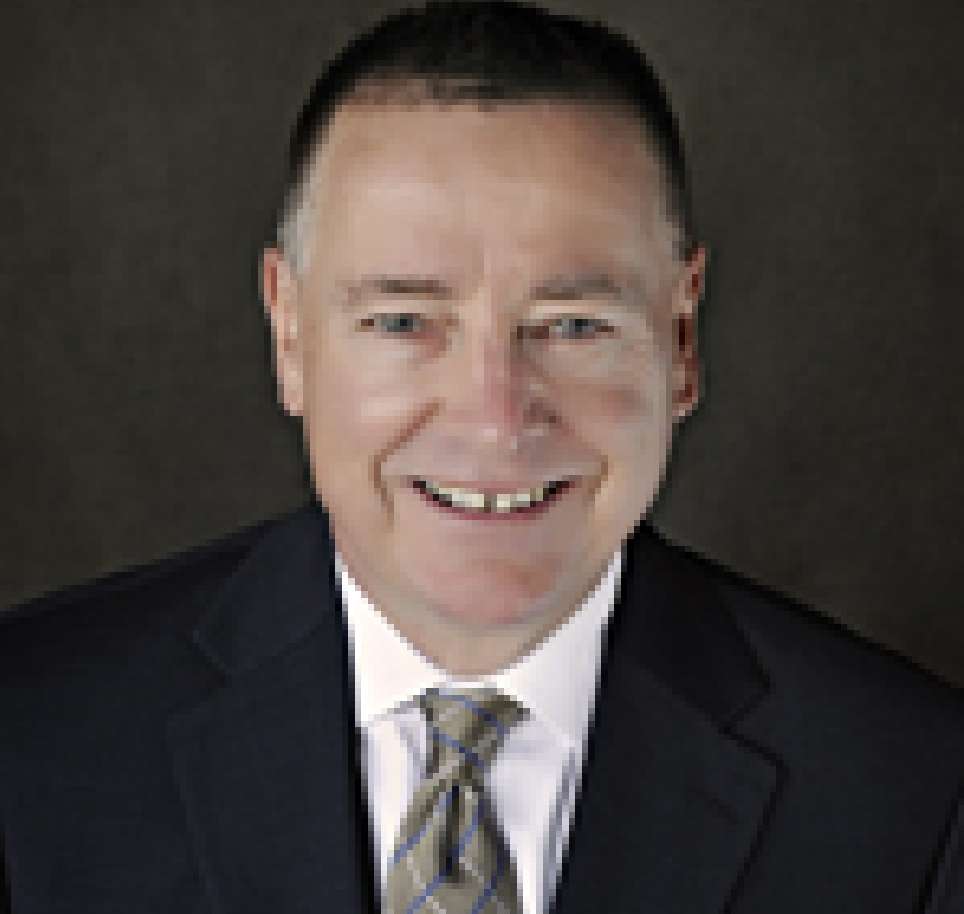
Michael Hebert,
Mann Lawyers
Liability Of Non‐Contaminating Property Owners For Contamination Of Adjacent Sites
- Bio |
- Abstract
- | Presentation
Michael Hebert
Michael Hebert is one of the leading Environmental Law lawyers in Canada. His visionary work as the Plaintiff’s counsel in Tridan v. Shell, 2002 Carswell Ont 1, 154 O.A.C. 1, 57 O.R. (3d) 503, a benchmark decision of the Ontario Court of Appeal radically changed the face-of environmental law and the assistance it afforded to victims of environmental damage. This tradition continues in his ground breaking cases of Huang v. Fraser Hillary’s Limited, 2018 ONCA 527, Sorbam Investments Ltd. v. Litwack, 2017 ONCA 850 and Mojgan Soleimani et al. v. Rolland Levesque et al. AREAS OF PRACTICE: (a) environmental litigation (b) class actions (c) contaminated land and Brownfield sites (d) municipal, planning and land development matters (e) due diligence in complex real estate transactions (f) renewable energy and off-set credits (g) clean tech (h) corporate and directors liability (i) environmental appeals PROFESSIONAL: (a) Executive Committee of the Canadian and Ontario Bar Associations-Environmental Law (b) Teaching for the Law Society of Ontario (c) Lexpert leading environmental lawyer (d) Designated in Canada’s Best Lawyers
Liability Of Non‐Contaminating Property Owners For Contamination Of Adjacent Sites
The issue of liability of an owner who did not cause the contamination on their land, for damage to adjoining or adjacent lands as a result of contamination is a matter which should have long ago been well settled but was not. One would have thought that such situations would be common place and well covered by the legal jurisprudence. They are not. The closest case that touches on this important issue was decided in 1943 and not over an environmental matter. The writer’s recent decision in Sorbam Investments Ltd. v. Litwack et al., 2021 ONSC 5226 provides a modern context on this issue for the first time. Readers will recall that the first installment of Sorbam Investments Ltd. v. Litwack et al. dealt with the liability of landlords for the contamination causing activities of their tenants. The second round in this case deals with the liability of a non-polluting landowner. In short, a knowledge of contamination and the off-site damage it is doing will be sufficient to visit liability on a non-polluting landowner. Great care must be taken when dealing with and acquiring or maintaining contaminated sites. Attention will need to be undertaken in structuring transactions to minimize liability for landowners with contaminated sites that the present owner did not cause or create. A thorough understanding of when and under what circumstances liability attaches to such individuals is crucial. This presentation will deal with outlining the parameters of innocent landowner liability, the legal analysis brought to bear on it in this recent decision and recommendations for future dealings with these types of situations.
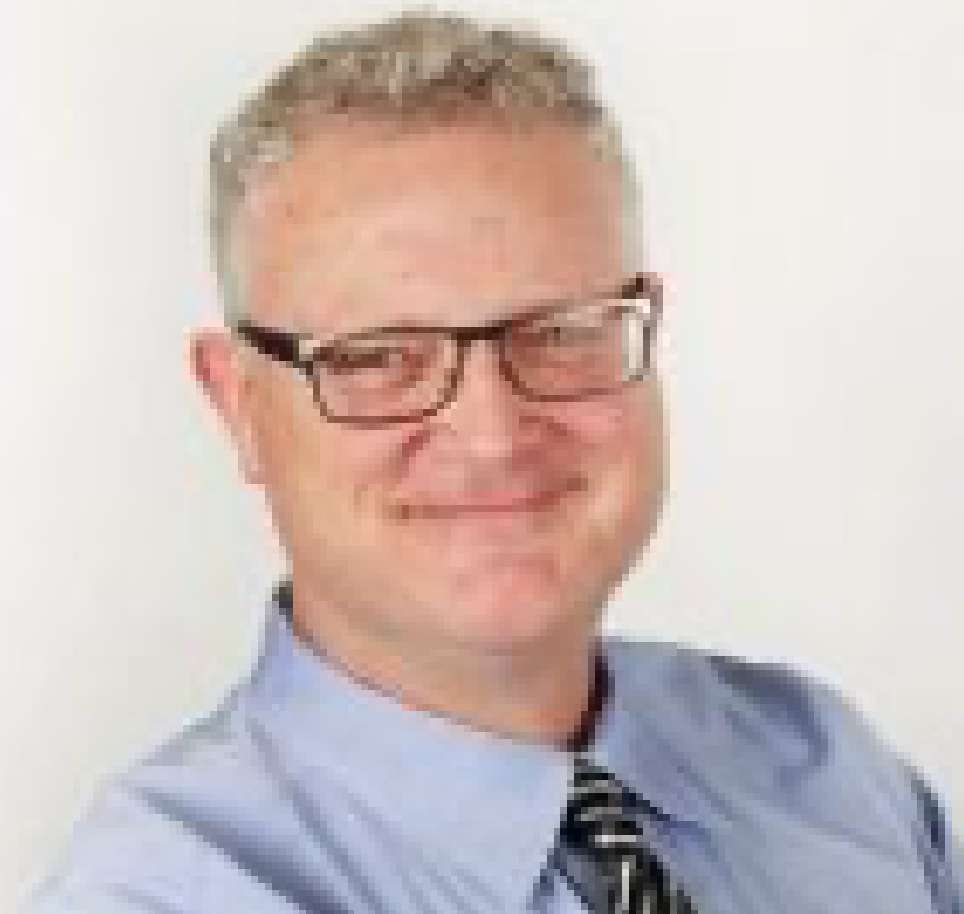
Kevin French,
Vertex Environmental
Remediating Bedrock: What Once Was Impossible Is Now Possible. Three Case Studies
- Bio |
- Abstract
- | Presentation
Kevin French
Mr. French is Vice President of Vertex and has over 30 years of experience and expertise in environmental engineering, specializing in site assessment and remediation. Kevin has been involved in the design and implementation of remediation programs across Canada involving PRBs, carbon adsorption, in-situ chemical oxidation and reduction, aerobic and anaerobic biodegradation, etc. in soil, groundwater and bedrock for a variety of contaminants, including petroleum hydrocarbons, chlorinated solvents and other compounds. He holds a Bachelor’s degree in Engineering from the University of Waterloo, is a Professional Engineer and a Qualified Person in Ontario, and frequently presents on environmental site assessment and remediation at conferences and seminars across Canada.
Remediating Bedrock: What Once Was Impossible Is Now Possible. Three Case Studies
In-situ remediation of fractured bedrock aquifers used to be considered near impossible. As recently as 2013, the US Department of Defense’s (DoD’s) environmental research arm (SERDP) wrote “One of DoD’s most challenging environmental restoration issues is determining how to deal with contaminants that have seeped into the fractures in bedrock and are a continuing source of groundwater contamination” (SERDP, 2013). The U.S. Geological Survey (USGS) noted that “remedial action is delayed or stymied by the complexity of contaminated fractured-rock aquifers”. However, environmental practitioners are curious and creative, and as our industry evolves, what was once close to impossible is now routinely possible. The ITRC (Interstate Technology Regularly Council) stated that while contaminated fractured bedrock sites have often been considered too complex to be remediated, “with new strategies and technologies…fractured bedrock challenges that may have prevented site remediation in the past are now surmountable” (ITRC, 2017). In the past, bedrock remediation failed for a variety of reasons, including variable and indeterminant groundwater flow pathways and velocities, significant contaminant back diffusion from the porous rock matrix into groundwater, and a lack of economical remedial amendments and delivery techniques. By addressing these key restrictions, the environmental industry has been able to successfully remediate contaminated bedrock sites. This talk will present an overview of bedrock remediation challenges, before demonstrating the evolution of bedrock site remediation technologies through three recent and varied bedrock remediation sites. One site was contaminated with heavily impacted groundwater and separate phase petroleum hydrocarbons (PHCs), a second site contained the dissolved chlorinated solvent (i.e., tetrachloroethene or PCE) contamination, while a third site was impacted with heavy metals, specifically hexavalent chromium. For each bedrock site the remediation approach will be presented along with pre-remediation and post-remediation groundwater quality analytical results. Throughout the presentation recommendations and insights will be offered into state-of-the-art bedrock remediation amendments and approaches that can be employed for successful in-situ fractured bedrock remediation.

Jean Paré,
Chemco inc.
Biogeochemical Treatment of cVOCs
- Bio |
- Abstract
- | Presentation
Jean Paré
Jean Pare, P.Eng., has a degree in Chemical Engineering from Laval University. He has been involved for the last 22 years in the evaluation, development, design, and promotion of both conventional and innovative environmental technologies. As Vice President with Chemco Inc., his responsibilities include the remediation design, technico-economical analysis and technology supply for chemical oxidation and reduction, soil washing, and enhanced bio-remediation. Last year, he worked with over 400 sites applying his expertise to various types of organic and inorganic contaminants in soil and groundwater. He is also involved with many environmental organizations such as CLRA, CBN, ESAA, BCEIA and Reseau-Environnement where he is an active technical committee member and regular technical speaker.
Biogeochemical Treatment of cVOCs
Background/Objective. Reactive iron sulfide minerals may be formed in situ under sulfate reducing conditions and can be an important mechanism for chlorinated solvent removal during in situ chemical reduction (ISCR) and enhanced reductive dechlorination (ERD). This effect has been observed during the application of traditional ISCR and ERD substrates at sites with naturally high sulfate concentrations in groundwater, but may also be engineered by directly applying the needed building blocks. A potential key advantage of generating reactive minerals in situ as opposed to directly applying minerals or zero-valent iron (ZVI) as solid particles would be the potentially much greater surface area generated. Electron microprobe analyses performed on iron sulfide precipitation products collected one year after the application of organic carbon substrate and ferrous iron to a high sulfate aquifer showed that each 1.0 L of groundwater with sulfate at 3,000 mg/L generated about 4.7 ft2 of very reactive FeS surface area. Furthermore, high CVOC degradation rates and exceptionally long-lasting results have been observed following the application of EHC® ISCR reagent at sites with high native concentrations of sulfate. The goal with this study was to evaluate the effectiveness of engineered biogeochemical systems relative to organic carbon and ISCR substrate alone at the bench. Approach/Activities. Both liquid and solid biogeochemical reagent combinations were evaluated in a series of batch tests for the treatment of chlorinated ethenes. For each test, batch reactors were established with soil and groundwater and amended with various substrate combinations composed of ZVI, organic carbon substrate, ferrous iron and/or sulfate. Overall degradation rates achieved were compared to systems amended with organic carbon substrate (emulsified lecithin substrate, ELS®) alone or EHC ISCR reagent alone. Results/Lessons Learned. Biogeochemical systems were overall found to support higher CVOC degradation rates compared to organic carbon substrate alone or ISCR alone. The generation of daughter products was in less than Stoichiometric amounts for both solid and liquid BioGeoChemical systems indicating that an abiotic degradation pathway was promoted also without the direct addition of ZVI.
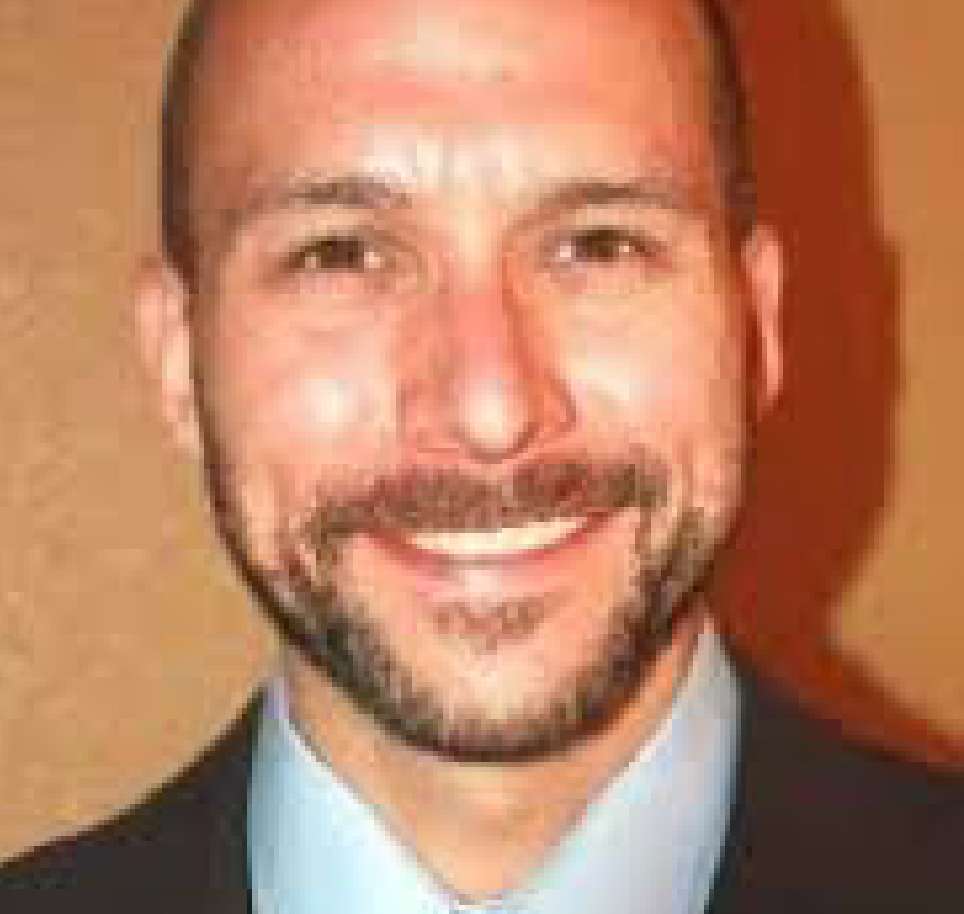
Mike Mazzarese,
AST Environmental, Inc.
DNAPL Remediation Projects: Case Studies Using the CAT 100 Technology
- Bio |
- Abstract
- | Presentation
Mike Mazzarese
Mike Mazzarese is a Senior Remediation Engineer at AST Environmental and has been involved with in-situ remediation for 17 years. His responsibilities include project management, research and development, remedial assessment and design, field implementation oversight, and post project data analysis. Mike is a graduate of Penn State University holding a Master of Science degree in Environmental Engineering. He has previously worked for Vironex, Regenesis, and URS and is currently based in the Denver, CO area.
DNAPL Remediation Projects: Case Studies Using the CAT 100 Technology
Sites with Dense Non-Aqueous Phase Liquid (DNAPL) are notoriously difficult to remediate. Advances with in-situ remediation methods and products in recent years has resulted in DNAPL remediation success. This presentation will provide a review of a new product, CAT 100 and its applications on chlorinated solvent sites with suspected or measured DNAPL. CAT 100, a biologically enhanced version of the Trap and Treat® BOS 100® technology, combines activated carbon impregnated with metallic iron, a complex carbohydrate (time release substrate), a consortia designed to degrade chlorinated solvents and a second consortia designed to breakdown the polymeric carbohydrate to monomeric fragments. These smaller substrate fragments are then efficiently used by the CVOC degraders. The science behind CAT 100 and project summaries with supporting lines of evidence for the degradation processes (e.g. dissolved gases and microbiological diagnostics) will be covered. Site 1. A former dry cleaning facility in Northern Europe, where a large PCE plume was impacting groundwater on and off-site. In 2017, CAT 100 and BOS 100® were applied as part of a large-scale remediation program after a large scale Remedial Design Characterization (RDC) was performed. Currently, a 95% average reduction in PCE concentrations has been observed in the monitoring wells located in the areas targeted by the remediation. Site 2. CAT 100 was successfully implemented as part of a combined remedies (BOS 100® and Sodium Permanganate were also applied) strategy to treat elevated levels of Trichloroethylene in a shallow fine grained aquifer at a former large industrial facility. Total chlorinated ethene (TCE, cis-1,2 DCE, and VC) concentrations in the source area have been reduced by over 97% in less than 12 months. Site 3. A former chemical plant that stored hydrogen peroxide, MIBC, PCE, acetone, ethanol, and diesel fuel was remediated using a phased combined remedies approach. The interim corrective action was completed in 2013-14 and included 1) an off-site in-situ permeable reactive barrier utilizing BOS 100® to capture dissolved impacts leaving the facility and 2) shallow soil mixing activated persulfate (lime activation) to mitigate unsaturated soil impacts adjacent to source media. In addition, five phases of CAT 100 injections have been completed at the site since 2016. Total solvent concentrations have been reduced 96-99% in the CAT 100 treatment areas to date.
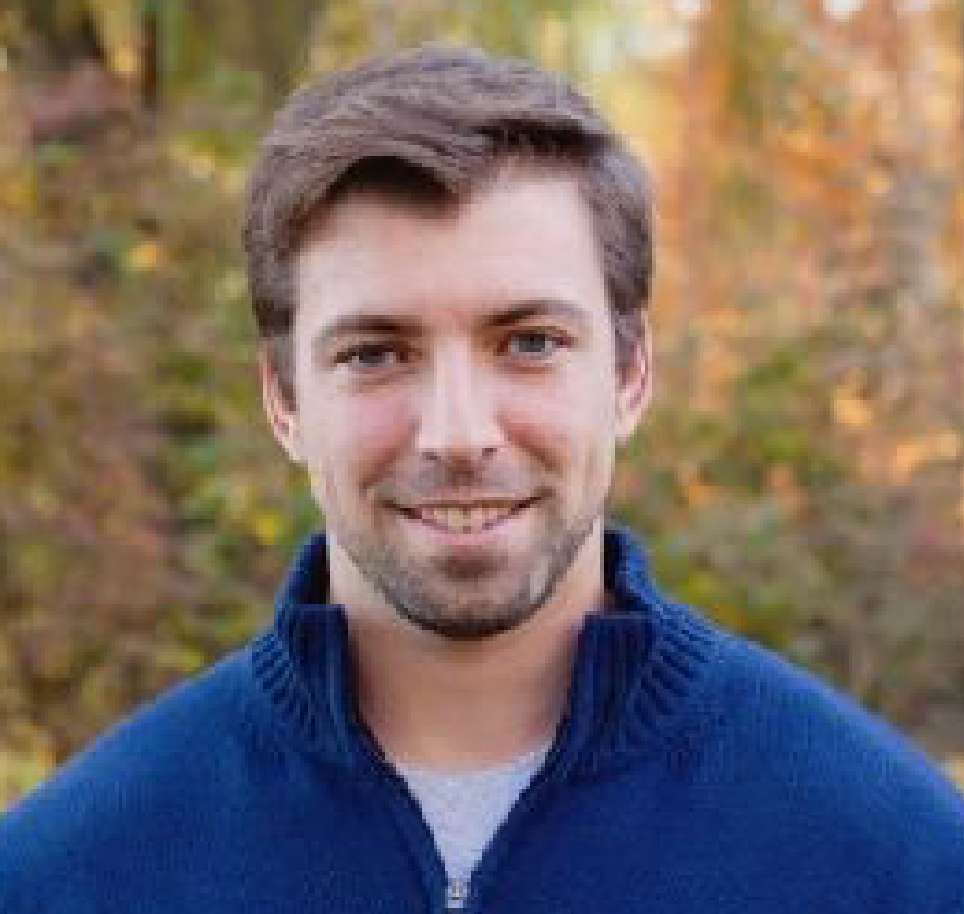
Gavin Overbeeke,
AEL environment
Facilitating Property Transfer Through a Combination of Remediation and Risk Assessment
- Bio |
- Abstract
- | Presentation
Gavin Overbeeke
Gavin Overbeeke is currently a hydrogeologist at AEL environment. Gavin manages multiple contaminated sites, working with a larger team to implement remediation and risk assessment as synergistic tools to meet client goals. Prior to joining AEL, Gavin received his bachelors of Environmental Science at McMaster University, and his Masters in Environmental Engineering from the University of Western Ontario.
Facilitating Property Transfer Through a Combination of Remediation and Risk Assessment
Background/Objectives. At many remediation sites the primary treatment objective is not to attain a reduction in contaminant concentrations to specific criteria but to facilitate property transfer between two parties. In these scenarios, focused remediation and risk assessment may be used synergistically to achieve project goals. When combining remediation with risk assessment, remediation activities should be designed to control risk not absolved by the risk assessment process. Specific remedial goals may include reducing contaminant mass within source zones, minimizing risk for on-site exposure and/or off-site migration, or establishing a long-term monitoring program. Focused remediation and risk assessment are important tools to expedite property transfer when multiple stakeholders need to be incorporated into decision making. The presentation will focus on three properties in the Greater Toronto Area (GTA) where property transfer occurred as a result of combined remedial and risk assessment action. Approach/Activities. At Site 1, risk of vapour intrusion and off-site migration by chlorinated solvents were the primary drivers for remedial action. A combined in situ approach of soil vapour extraction (SVE) and enhanced reductive dechlorination (ERD) were employed to remediate groundwater and mitigate vapour intrusion. ERD was carried out by injecting emulsified vegetable oil (EVO) with zero valent iron (ZVI) and KB-1 dechlorinating bacteria. Following a successful ERD pilot test that reduced trichloroethene (TCE) by 99% four months after injection, full scale ERD was carried out, targeting areas of high risk identified through the risk assessment process. The risk assessment along with a demonstrated remediation approach resulted in sale of the property. At Site 2, sale of the property was carried out prior to remediation, and the terms of sale dictated environmental due diligence be carried out by the seller following the sale. Application of the risk assessment process revealed potential for future risk via off-site migration of chlorinated solvents through the soil and underlying bedrock. To address this risk, in situ ERD was employed. Due to the high permeability of the soil overburden and bedrock, ERD was carried out by gravity feed through a single injection well within the soil overburden. A fluid head from the injection volume pushed the ERD amendments deep into the bedrock and throughout the surrounding overburden, achieving remedial influence that encompassed the targeted area. Since settling of ZVI within the injection well was a concern, dissolved iron sulphate was used in its place, to stimulate precipitation of iron sulphide. KB-1 bacteria and EVO were also used to stimulate bioremediation. At Site 3, it was determined that remedial work would be necessary to reduce risk for chlorinated solvent vapour intrusion in the event that the property was sold in the future. Combined remedial technologies of ERD (EVO with ZVI and KB-1) and dual phase extraction (DPE) were used to reduce contaminant source zone mass and control vapour intrusion. Results/Lessons Learned. Combined risk assessment and focused remediation is often optimal for reducing cost and risk to the seller and purchaser. For the three sites discussed, remediation of chlorinated solvents was achieved in conjunction with risk assessment under different physical conditions and financial scenarios to facilitate and expedite property transfer.
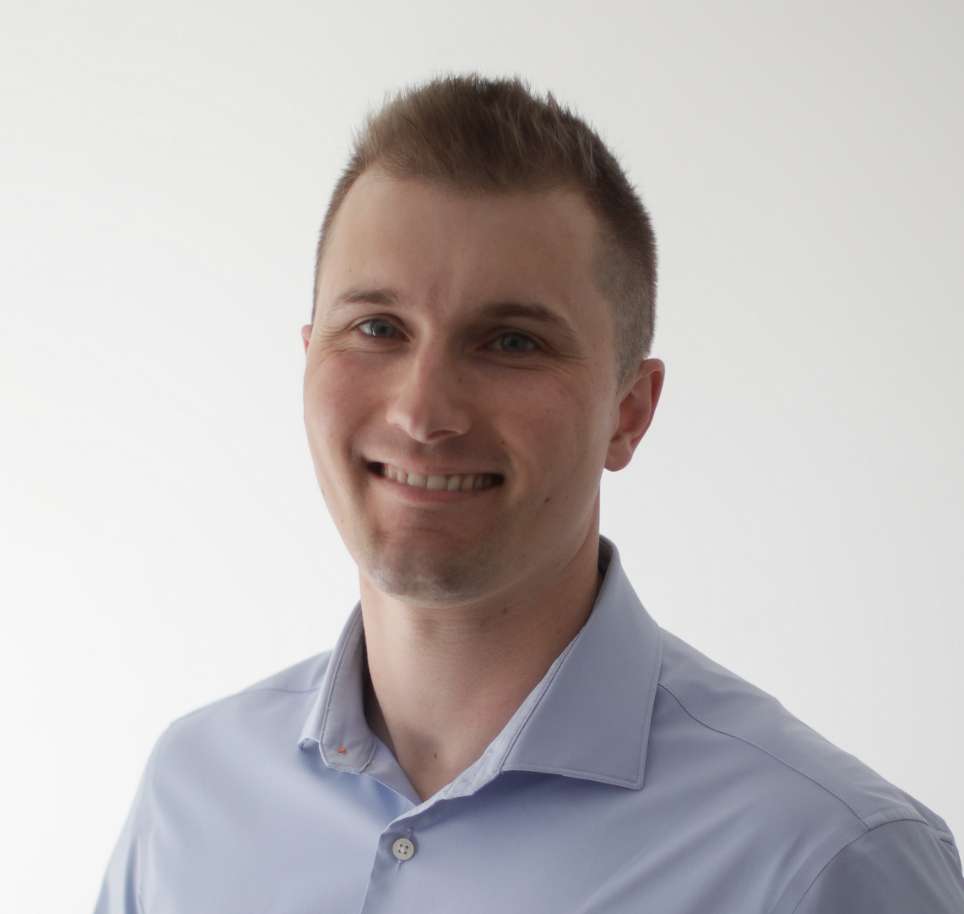
Ben Sweet,
QM Environmental
Lessons learned from one of the largest “Traditional” ZVI PRBs installed in North America
- Bio |
- Abstract
- | Presentation
Ben Sweet
Mr. Sweet is an Environmental Professional with over ten years’ experience in the environmental industry. Over this period, he has occupied numerous roles ranging from Environmental Scientist to Technical Lead, supporting specialized environmental contracting and consulting entities with a focus on water treatment, remediation, and site characterization. Mr. Sweet has delivered complex remediation and site characterization projects across the US and Canada for various Consulting Engineer’s and Industrial/Commercial stakeholders. He has personally led the delivery of characterization, remediation, and water treatment programs involving a diversity of site scales and challenges including emerging contaminants, complex hydrogeological conditions, NAPLs, and sensitive regulatory and/or legal constraints. Mr. Sweet is currently the Director of Environmental Technologies for QM Environmental. In this role, he provides technical support and business unit leadership to further expand QM’s environmental technology offerings and comprehensive environmental service line.
Lessons learned from one of the largest “Traditional” ZVI PRBs installed in North America
Permeable Reactive Barrier’s (PRB’s) using transitional metals such as Zero Valent Iron (ZVI) to target organic and inorganic contaminants in-situ have been in use since the mid-1990s. This approach for groundwater treatment has seen tremendous growth since its inception due to its reliability and cost-effectiveness. Reactive Barrier technologies have also expanded to include novel installation and deployment techniques as well as novel amendments to improve performance and target a wider range of contaminants. Even with all this growth, ZVI and the “traditional” approach remains a staple of the PRB marketplace. With an increasing demand for cost-effective groundwater management solutions, a growing number of professionals and stakeholders are turning to PRB-based solutions to meet their site goals. Fueled by the many success stories and abundance of available information, many consultants and their clients are tackling program design and installation from the comfort of their chairs. But are we looking at the installation of PRB’s through rose coloured glasses? What does it actually take to translate conceptual design into a successful solution in the field? The purpose of this talk is to share some of the lessons learned from the installation of one of the largest “traditional” ZVI PRBs completed in North America. The site is a former industrial facility with legacy chlorinated solvent issues (mainly TCE and daughter products). The management of off-site migration was a critical part of the CPU to facilitate site redevelopment. A critical RMM included the installation of a 400 m, ZVI based permeable reactive barrier system to control plume migration. The site conditions necessitated the creative use of multiple installation procedures; the wall was installed via a blended approach utilizing direct push injection and trenching techniques, to address the complex plume structure. In total, over 400,000 kgs of ZVI was installed across 335 m of linear injection points and 65 m of trenching to complete the PRB installation to depths of up to 9 meters. Our focus in sharing this case study will be down-to-earth and practical. How does a contractor actually install a PRB? What techniques are being used in the field and why? How can you creatively problem solve to address technical and logistical challenges? And most importantly, how do we balance these challenges while completing a project on time, on budget, and with the ultimate goal of an effective PRB installation.
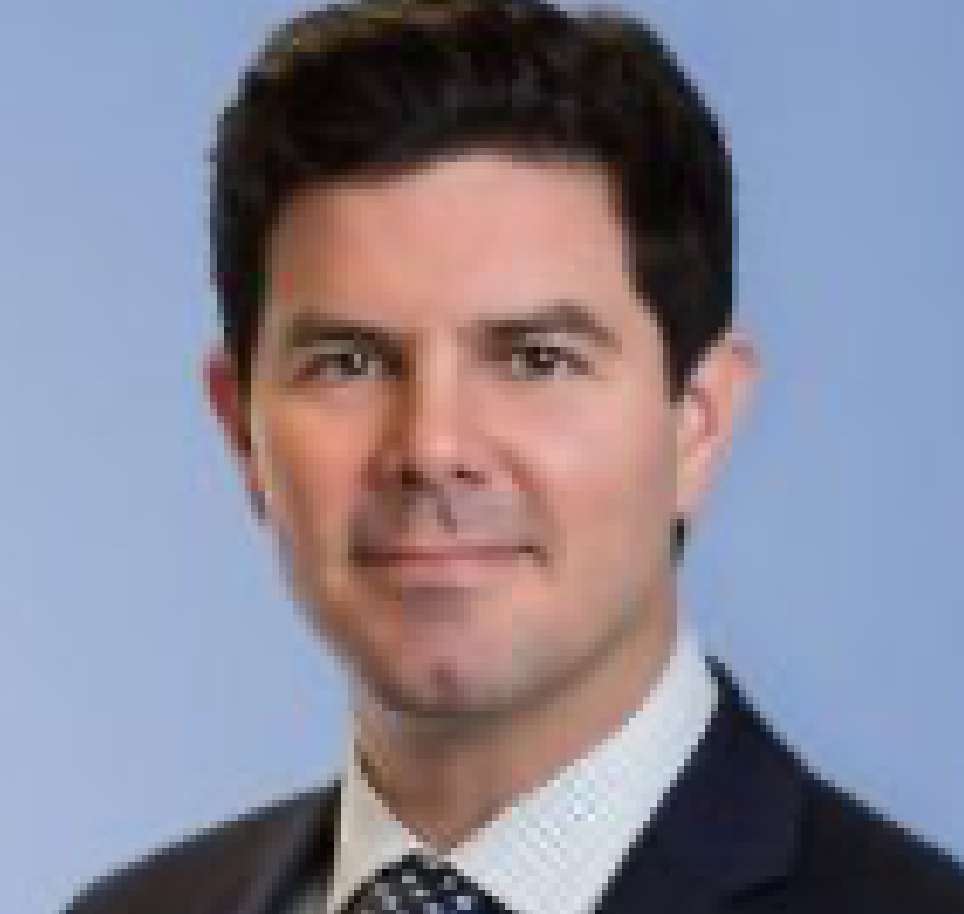
Matthew Gardner,
Willms & Shier Environmental
Getting Down and Dirty about Excess Soil Laws in Ontario and Beyond
- Bio |
- Abstract
- | Presentation
Matthew Gardner
Matthew Gardner B.Sc. (Hons.), LL.B., is a Senior Associate at Willms & Shier Environmental Lawyers LLP. Matt practices environmental law and environmental litigation. He provides advice and solutions about environmental due diligence and compliance to a wide range of clients including industrial corporations, the construction and land development sectors and municipalities. Matthew also provides advice and solutions about contaminated land issues, environmental risk management, environmental transactional due diligence and regulatory compliance. Matthew regularly appears before the Courts and administrative tribunals. He represents plaintiffs and defendants involved in environmental civil disputes and negotiates settlements before and in the early stages of civil litigation, where possible. He also assists clients under inspection or investigation by federal, provincial and municipal environmental regulators, and defends clients against environmental regulatory prosecutions. Matthew is called to the Bar in Ontario and Alberta.
Getting Down and Dirty about Excess Soil Laws in Ontario and Beyond
In the midst of a booming construction industry comes new legal requirements to manage excess soil. As of January 1, 2022, Ontario’s excess soil laws were in full legal force and effect. Quebec regulates contaminated excess soil and has recently published new regulations about electronic tracking of same. British Columbia is considering changes to its soil relocation laws. As these new and emerging excess soil regimes come into legal force, projects that generate excess soil will impose obligations on construction and waste management industries, consultants, contractors, municipalities, land owners, and developers. These various parties now face or will soon face new legal risks and requirements. Join Willms & Shier lawyers as they review: what is excess soil, who can be liable under new excess soil laws, and tips for managing the legal risks.

Charles Birchall,
Willms & Shier Environmental Lawyers LLP
Getting Down and Dirty about Excess Soil Laws in Ontario and Beyond
- Bio |
- Abstract
- | Presentation
Charles Birchall
Charles (Chuck) Birchall, B.A. (Hons.), LL.B., LL.M., is a partner at Willms & Shier Environmental Lawyers LLP and certified as an Environmental Law Specialist by the Law Society of Ontario. Chuck practices in the firm’s Ottawa office. Chuck has over 30 years’ experience devoted exclusively to environmental law with particular expertise in contaminated land/brownfields site remediation, environmental compliance and approvals as well as environmental assessment matters. Chuck advises clients across Canada, including environmental boards and tribunals respecting environmental assessment issues raised by mining, oil and gas and energy and infrastructure projects. He also advises on Indigenous law and consultation in the mining, infrastructure and energy sectors. Chuck has acted for Joint Review Panels conducting environmental assessments of oil sands projects in northern Alberta. Chuck defends clients being investigated or prosecuted for breaches of environmental laws and orders. Chuck also assists clients in managing environmental risk by providing advice on due diligence and compliance measures. He has extensive experience in preparing submissions and appearing on behalf of clients before Parliamentary Committees in the House of Commons and the Senate on proposed environmental legislation. Chuck is called to the Bar in Ontario, Nunavut and the Northwest Territories.
Getting Down and Dirty about Excess Soil Laws in Ontario and Beyond
In the midst of a booming construction industry comes new legal requirements to manage excess soil. As of January 1, 2022, Ontario’s excess soil laws were in full legal force and effect. Quebec regulates contaminated excess soil and has recently published new regulations about electronic tracking of same. British Columbia is considering changes to its soil relocation laws. As these new and emerging excess soil regimes come into legal force, projects that generate excess soil will impose obligations on construction and waste management industries, consultants, contractors, municipalities, land owners, and developers. These various parties now face or will soon face new legal risks and requirements. Join Willms & Shier lawyers as they review: what is excess soil, who can be liable under new excess soil laws, and tips for managing the legal risks.

Meggen Janes,
Waterfront Toronto
Meggen Janes
Principal at Geosyntec with over 25 years of experience in environmental consulting, risk assessment and remediation. She has conducted research and development on new and emerging technologies through bench and pilot studies and she has completed and managed property assessments, peer reviews, compliance and environmental management systems evaluations, risk assessments, and contaminant investigation and remediation projects at many public and private sector properties. Meggen directed the environmental requirements and environmental risk management for the Port Lands flood protection project in Toronto’s waterfront.
Remediation and Risk Management for Worker Protection
There is a growing movement to protect industrial/commercial workers at brownfield sites to minimize corporate liability from risk to workers. Much of the drive for worker protection comes from volatile contaminant exposure and compliance with the Ministry of Labour (MOL) standards protecting worker safety. This presentation will review common processes to assess risk to workers and develop mechanisms for worker protection. By applying a screening level risk assessment, the indoor air pathway can be assessed. Where risks to workers are identified, mitigation measures may involve contact barriers, sump pit vapour extraction, vapour mitigation retrofits, in-situ remediation or immobilization. A few case studies will be used that cover a variety of approaches such as: – In-situ remediation to address contamination prior to building occupancy or in continuously occupied building – Interim vapour controls for protection of workers during re-occupancy of building – Vapour mitigation retrofits and soil vapour venting on existing occupied building – Targeted soil remedial excavation in existing building to mitigate indoor air vapour risks Two case study examples are outlined below. Case Study #1: PCE impacts in shallow bedrock were identified below a building associated with a former underground storage tank. A screening level risk assessment identified a potential risk to indoor workers. Soil excavation and an ISCO injection gallery within the excavation was completed to address chlorinated solvents that might remain following excavation. Geosyntec designed and oversaw the excavation activities, which included installation of helical piers to support the adjacent building structure during the excavation. With the majority of the contaminant removed, a smaller area within one section of the building had residual contamination and subslab vapour levels of concern. For interim building occupancy, carbon air filters were installed and periodic air testing completed to verify efficacy. A long term vapour mitigation system has also been designed for the full occupancy of the existing building using six vapour extraction points. Case Study #2: Soil vapour screening levels were developed for an existing industrial building. Enhanced in-situ bioremediation with emulsified vegetable oil and KB-1® microbial culture containing Dehalococcoides [Dhc] bacteria was undertaken to address chlorinated volatile organic compounds (VOCs) in groundwater. Twenty-two injection wells were installed with screens targeting the saturated depth of the perched aquifer below the building footprint. The primary objective of the injection program at the Site is to decrease concentrations of VOCs in the perched aquifer. Concurrently, indoor air concentrations exceeded the MECP indoor air criteria for TCE only (just above detection limits) in two locations but no immediate risk to workers (multiple orders of magnitude below Ministry of Labour action levels). An interim vapour mitigation system was installed including two vapour extraction points cored through the floor into the underlying soil. Each extraction point was routed up a column or wall and through the roof. A powered radon-style fan was used to draw soil vapour from beneath the building and discharged to the atmosphere above the building roof. An audible fan alarm and vacuum gauge was installed on the vent pipe to visually confirm that the system is operating and to notify building occupants in the event of fan failure.